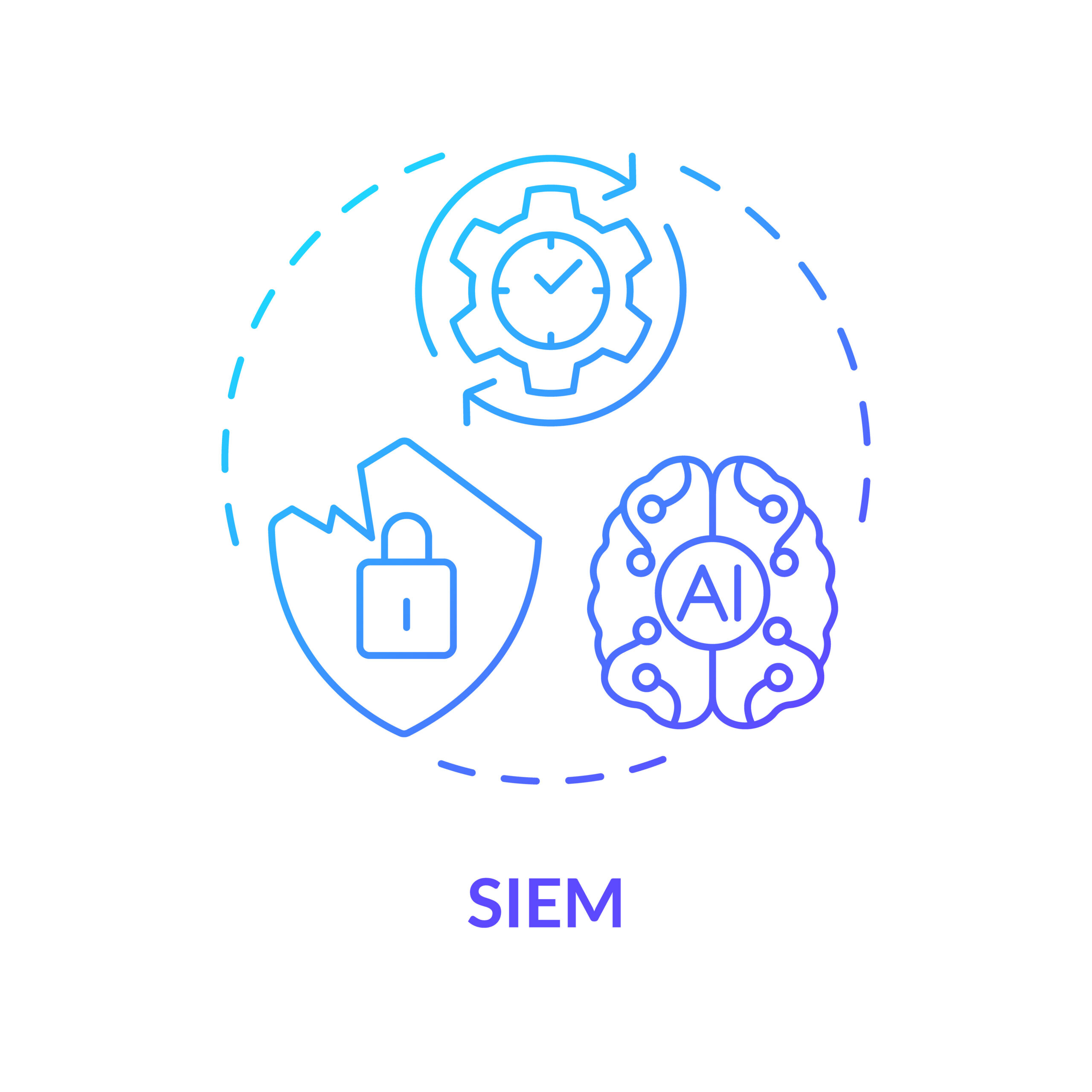Introduction to SIEM Scalability
Security Information and Event Management (SIEM) solutions are critical for aggregating, analyzing, and reporting security events in real-time. As organizations grow in size, complexity, and digital footprint, the scalability of their SIEM systems becomes a key factor in maintaining robust cybersecurity. A scalable SIEM system processes larger volumes of data and adapts to evolving threats, compliance requirements, and technology stacks.[IMAGE SUGGESTION: Infographic showing core SIEM components with connecting arrows—data sources flowing into a central processing engine with real-time analytics and reporting dashboards.]
Key Scalability Challenges in Modern IT Environments
Scaling a SIEM system comes with its own set of challenges. Here are the most pressing issues organizations face:
1. Data Volume Explosion
Modern enterprises generate massive amounts of logs from devices, applications, and cloud platforms. Traditional SIEM systems often struggle to ingest and process this data without performance degradation. For insights into managing expanding data footprints, see Gartner’s Effective Compliance Strategies for Growing Enterprises
2. Real-Time Processing and Analytics
Security teams require real-time insights to detect and mitigate threats effectively. A poorly scaled SIEM system introduces latency, which can hinder rapid incident response. According to Coralogix, scalable SIEM architectures allow for higher data rates and more complex analytics without compromising performance
3. Regulatory and Compliance Constraints
Industry regulations like GDPR or HIPAA demand robust monitoring and reporting capabilities. As data footprints expand, so do compliance obligations—requiring a SIEM that ensures data integrity and confidentiality while handling larger volumes of information

Critical Components of a Scalable SIEM
To achieve scalability, consider these essential components:
1. Flexible Deployment Architectures
- On-Premises: Offers direct control but requires frequent hardware upgrades.
- Cloud-Based: Provides elasticity, enabling organizations to scale up or down as needed while lowering upfront costs.
- Hybrid: Combines on-premises control with cloud scalability, allowing sensitive data to remain onsite while leveraging cloud resources for peak demands
2. Efficient Data Ingestion and Storage
Implement tiered storage strategies by archiving older logs to cost-effective storage solutions while keeping recent data readily accessible for real-time analysis. For more on automated data handling strategies, see How SOAR Tools Revolutionize Incident Response
3. Integration with Threat Intelligence Feeds
Leverage reputable threat intelligence providers to enrich event data and automate correlation rules for detecting advanced persistent threats (APTs) or zero-day exploits
Advanced Strategies for Future-Proofing SIEM
As cybersecurity threats evolve, future-proofing your SIEM ensures long-term effectiveness:
1. Distributed Log Management
Adopt distributed systems to spread data ingestion across multiple nodes. This minimizes single points of failure and simplifies horizontal scaling as log volumes grow
2. Microservices Architecture
Break monolithic SIEM components into specialized microservices (e.g., ingestion, correlation, dashboarding). This approach facilitates independent upgrades and continuous development
3. Machine Learning and AI
Advanced algorithms can sift through vast event datasets to identify anomalies and predict suspicious activities. Gartner reports that AI-driven systems reduce alert fatigue by up to 40%
4. Zero Trust Integration
Incorporate Zero Trust principles to focus on critical anomalies while reducing the risk of insider threats
Actionable Steps to Enhance Scalability
1. Capacity Planning
- Forecast data growth for the next 12–18 months.
- Implement load-balancing mechanisms.
- Use container orchestration tools like Kubernetes for on-demand scaling
2. Multi-Cloud Strategies
Distribute logging across AWS, Azure, or GCP regions to minimize latency while leveraging native cloud services for faster ingestion and analysis
3. Monitoring Performance Metrics
Track essential metrics such as:
- Events per second (EPS)
- Time to detect (TTD)
- Mean time to respond (MTTR)
Case Studies: Real-World Examples
Mid-Sized Enterprise Expansion
A financial services firm scaled its SIEM from a single data center to a hybrid environment spanning three global regions. By adopting a microservices architecture, they reduced event-processing delays by 30% while meeting regional compliance mandates
Healthcare Compliance
A hospital group integrated its legacy SIEM with a cloud-based analytics platform to manage logs from connected medical devices efficiently. This preserved HIPAA compliance while reducing incident detection times dramatically
Measuring Success and Continuous Improvement
To ensure your scalable SIEM remains effective:
Key Performance Indicators (KPIs):
- EPS: Monitor the system’s ability to handle spikes in log volume.
- Incident Response Times: Track investigation and containment metrics.
- System Uptime: Measure availability during expansions or upgrades
Stakeholder Engagement:
- Involve IT, security, and compliance teams in periodic reviews.
- Provide leadership with clear reports highlighting ROI and risk reduction.
- Maintain regular communication channels for feedback and improvements
Conclusion
Building a future-proof SIEM involves more than just adding servers or memory—it requires a holistic approach integrating distributed log management, microservices-based architectures, AI-driven threat detection, and Zero Trust principles. Regular capacity planning, multi-cloud adoption, and performance monitoring ensure your SIEM remains aligned with business growth while addressing evolving cyber threats. By leveraging these strategies alongside scalable technologies like cloud-native solutions or distributed architectures, organizations can ensure their cybersecurity operations remain robust in an ever-changing digital landscape.












